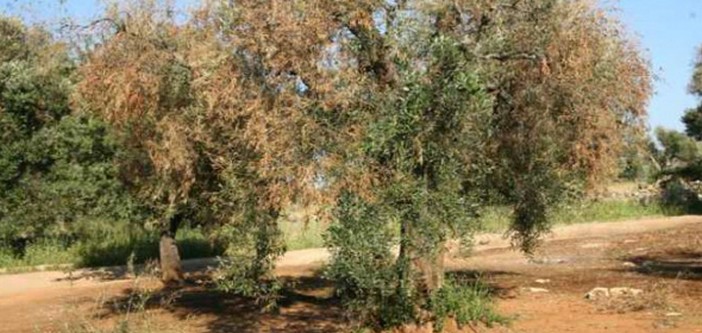Following the expansion of the first outbreak and the confirmation of a second outbreak in the Alpes-Maritimes, the Prefecture announced eradication measures in the infected areas and movement restriction measures for at-risk plants within a 10 km buffer zone.
To date, neither olive trees nor grapevines are known hosts for Xylella Fastidiosa multiplex, unlike the Codiro subspecies found in southern Italy (Apulia). The bacterium is also entirely harmless to humans and animals.
As part of the heightened vigilance by state services, a myrtle-leaf milkwort shrub (Polygala myrtifolia) located in the town of Nice has been identified as carrying the Xylella Fastidiosa bacterium, subspecies multiplex.
Analyses by the ANSES-Plant Health Laboratory of samples taken from the environment of this outbreak have just revealed the contamination of 5 other myrtle-leaf milkwort plants located in two areas near the initial outbreak.
Consequently, a new infected zone, with a radius of 100 meters around the plants infected by Xylella fastidiosa, has been established where insecticide treatment of all plants and removal of host plants will occur.
A second so-called “buffer” zone, extending 10 km around this infected zone, has been established, where the movement of specific plants (about 200 at-risk plant species) is prohibited or very strictly controlled through exemptions issued by the State.
The buffer zone established for the first outbreak in Nice thus covers 26 municipalities in the department. The buffer zone established for the second outbreak in Mandelieu spans 13 municipalities in the Alpes-Maritimes and 4 municipalities in the Var.
Eric Ciotti, President of the Departmental Council, responded to this information: “I would like to remind everyone that the Department continues to mobilize all its resources to find appropriate solutions that will allow us to eradicate this bacterium while preserving the affected sectors.”


